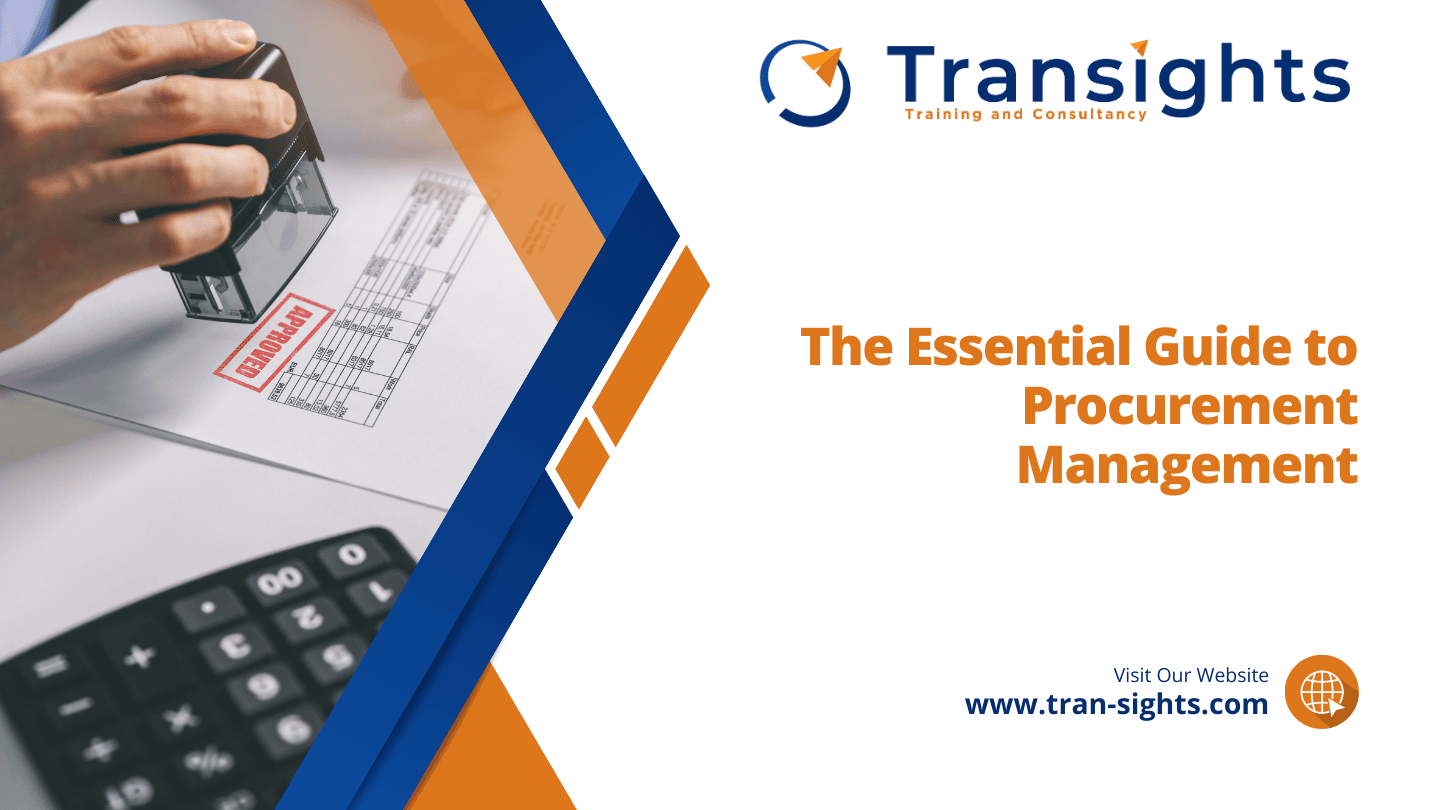
In today's competitive business landscape, effective procurement management is crucial for ensuring operational efficiency, cost-effectiveness, and strategic advantage. This guide aims to provide a comprehensive overview of procurement management, its importance, key processes, best practices, and the role of technology in transforming procurement functions.
What is Procurement Management?
What is Procurement Management?
Procurement management involves the process of acquiring goods, services, and works from external sources through a structured approach. It encompasses activities such as identifying needs, selecting suppliers, negotiating contracts, and managing supplier relationships. The primary goal is to ensure that the organization obtains the necessary resources at the right time, quality, and cost.
The Importance of Procurement Management
The Importance of Procurement Management
- Cost Savings: Effective procurement strategies can significantly reduce costs through strategic sourcing, bulk purchasing, and competitive bidding.
- Quality Assurance: Ensuring that suppliers meet the required quality standards is crucial for maintaining the quality of the final product or service.
- Risk Management: Identifying and mitigating risks associated with supply chain disruptions, price volatility, and supplier reliability is essential for business continuity.
- Regulatory Compliance: Adhering to legal and regulatory requirements in procurement processes minimizes the risk of legal issues and penalties.
- Innovation and Growth: Collaborating with suppliers can lead to innovation in products and services, fostering business growth and competitive advantage.
Key Processes in Procurement Management
Key Processes in Procurement Management
Best Practices in Procurement Management
Best Practices in Procurement Management
The Role of Technology in Procurement Management
The Role of Technology in Procurement Management
- E-Procurement Systems: Online platforms that automate the procurement process, from requisition to payment, reducing manual effort and errors.
- Supplier Portals: Web-based portals that facilitate communication and collaboration between buyers and suppliers.
- Spend Analysis Tools: Software that analyzes spending data to identify savings opportunities and improve budgeting and forecasting.
- Contract Management Systems: Tools that help manage contracts throughout their lifecycle, ensuring compliance and minimizing risk.
- Blockchain: Enhancing transparency and traceability in the supply chain, reducing fraud and ensuring authenticity.
Technology has revolutionized procurement management, providing tools and platforms that streamline processes, enhance visibility, and improve efficiency. Key technologies include:
Conclusion
Conclusion
Effective procurement management is a cornerstone of successful business operations. By implementing strategic procurement practices, leveraging technology, and fostering strong supplier relationships, organizations can achieve significant cost savings, enhance quality, and drive innovation. As the business environment continues to evolve, staying ahead with robust procurement strategies will be key to maintaining a competitive edge.
By embracing these principles and continuously striving for improvement, businesses can not only optimize their procurement processes but also contribute to their overall growth and success.

